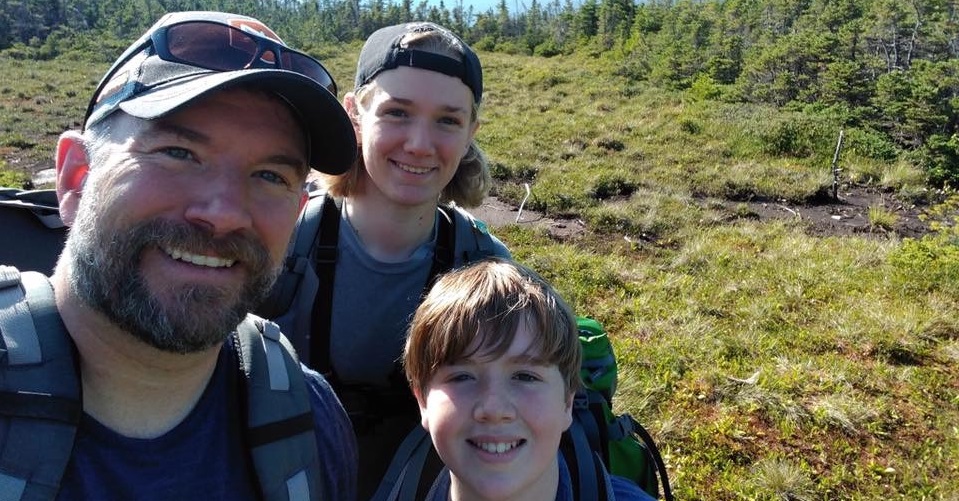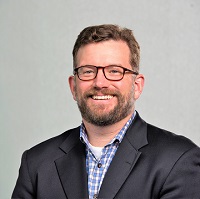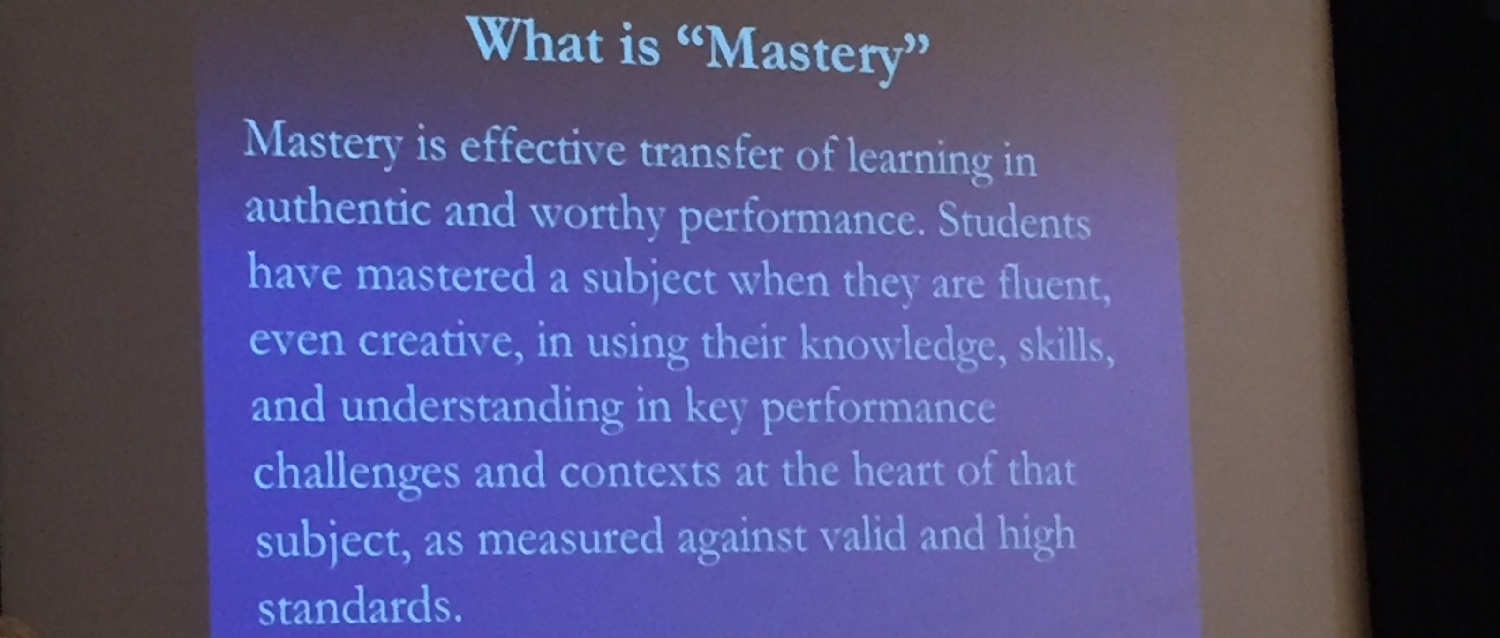Already a member? Log in to the Member Site at members.mastery.org.
How to Turn Ideas into Reality: An Update from the MTC
September 12, 2017First Site Director Meeting Brings Ideas, Energy
September 17, 2017Meet New ‘CPO’ Mike Flanagan


A key hire for MTC, this “software guy,” former teacher, and parent discusses plans to develop the digital transcript that may one day eliminate letter grades

Recently we sat down with Mike Flanagan, the new chief product officer (CPO) for Mastery Transcript Consortium, for a discussion about his role and the opportunities and challenges he sees ahead in his work to build, test, and expand the use of the Mastery Transcript. Mike joined the team officially on September 5, 2017, but had already attended the first site directors’ meeting in August, eager to meet and learn from educators who are currently leading discussions about the digital transcript in their school communities. A seasoned educational technology executive with more than 20 years of experience, Mike most recently served as CEO of the School and Student Services (SSS) Division for National Association of Independent Schools (NAIS). But he also brings to his new role two other important experiences: He started his career as a teacher at Iolani School in Hawaii, and is the father of two boys, Liam, age 15, who is a sophomore in high school, and Brendan, age 13, who is in the eighth grade.
What drew you to Mastery Transcript Consortium?
There were two very appealing factors about MTC: The opportunity to have a positive impact on the high school experience and the quality of the MTC team. I have two sons—one each in high school and middle school—and even though they aren’t applying to colleges yet, their mom and I see how the process has changed since we went through it as teenagers, and it worries us. MTC’s plan to introduce a new digital transcript, which will center on mastery credits rather than letter grades, is a massive undertaking. But it’s an important one for today’s students—and I’m really impressed by how far Scott, Trish, and the rest of the team have come in such a short time.
How does your background prepare you for this next role?
My professional life has followed a pretty non-traditional path, which is a nice way of saying I have an odd-looking resume. I started by teaching English at an independent school and again at a university, but I then “swerved” and started a technology consulting company with some friends, where we helped very large organizations like Microsoft, Boeing, and United Airlines use technology to train and enable their employees. Most recently, I spent eight years at NAIS, leading a team that rebuilt the financial aid software that most of our member schools use to make award decisions for their applicant families. Here at MTC, we’re aiming to build a scalable, digital transcript that faculty can use in their everyday teaching, and we also have a responsibility to help coach and train faculty to work within a mastery-based-learning model. As a result, I expect to draw upon lessons from all of my previous experiences.
What are you excited about in particular?
I’ve got two things: one challenge and one opportunity. The challenge is to create a system that is robust enough to store LOTS of artifacts as evidence of students’ mastery of every stage of their high school journey, but also elegant enough to visualize all that information in a compact package that the folks reading folders in college admissions offices will LOVE. That’s a very knotty problem, but that’s also exciting. My experience building technology companies is that if you aren’t trying to solve a really hard problem, then you’re not going to create much value for your customers, your investors, or your team. The opportunity, on the other hand, is something I hadn’t appreciated until I started telling friends and family about MTC—just how much pent-up demand there is for what we’re building. We’re not trying to “sell” educators on teaching without grades or on creating multi-disciplinary curricula; rather, many of them are already there. But they are blocked by the standard high-school transcript and the role it plays in college admissions. If we can offer a viable alternative transcript, we “make it safe” for schools to go all-in on their most innovative ideas, at which point a lot of change can follow very quickly.
What about the digital transcript do you think will be most appealing for students…for parents…for faculty?

MTC credits its definition
of “mastery” to the renowned
educator Grant Wiggins
I think there are underlying concepts or design principles that we’re committed to that should appeal to each group. For me, a key idea is that mastery is independent of time—whether it’s total time required in a seat to earn credit, or the specific time it takes a student to grasp an especially gnarly concept. The credit-hour model, coupled with timed tests, assumes that students who absorb and regurgitate the most content the fastest are the “best” students, but that’s not how skill acquisition works in real life. Our vision is one where students who are naturally adept in an area aren’t forced to spend an excessive amount of time on it. Instead they are encouraged to use their time either to push themselves to advanced levels, or to give themselves more time to grapple with a different challenge with which they might need more time—this is how students might ultimately learn more deeply, with more autonomy, and with a greater sense of purpose. In turn, I think all parents believe their kid is exceptional in some way and want that to be recognized, but no parent honestly thinks that kid is “perfect”—nor should he or she be. A system that acknowledges and rewards this type of “jaggedness” in students’ learning profiles—as opposed to requiring them to spend equal amounts of time on each area, and to be perfect in each—should feel more authentic and healthy. It’s preparing them better for the world into which they will graduate and one day work.
Looking ahead what are the priorities you see? The biggest challenges?
At the end of the day, I’m a software guy: We have to ship a product, and we need to make the first version available, so that our members can start to engage with it and tell us what they think. The biggest challenge will be managing their expectations for these early iterations. No matter how good a job we do, there is going to be something in the first version of our digital transcript that we love, but that our faculty members and college admissions readers won’t like. Those kinds of “a-ha moments” are where the real learning will begin for us, at which point we can build something truly great. Prototyping early will help us to scale this learning curve before we ask real students to trust us with their college application process.




